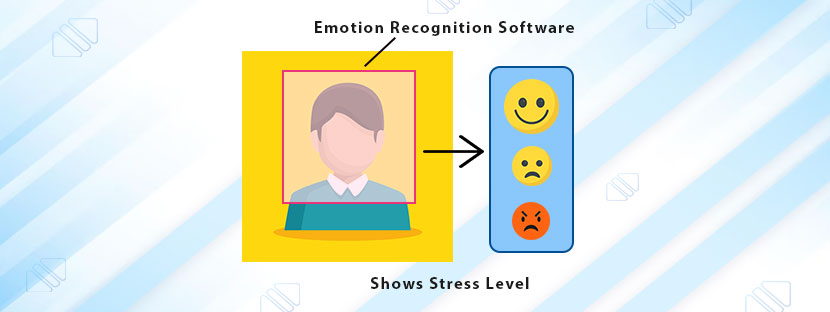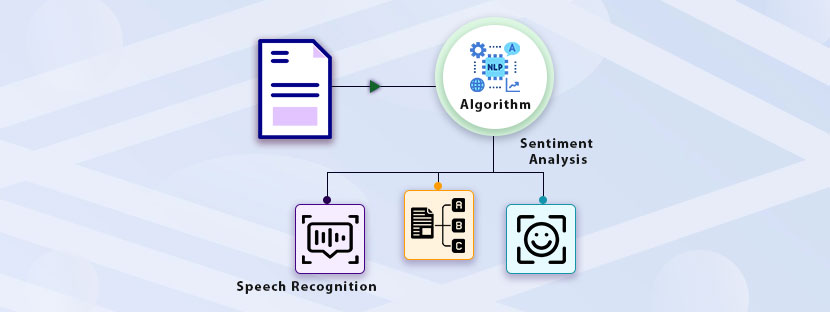In This Article
Human beings learn from experiences. What we know today is a compilation of experiences that we have accumulated throughout our childhood and growing years. For us, we find patterns when we encounter new experiences and apply them to understand them. In a similar tone, Artificial Intelligence (AI) encounters new experiences with the help of unsupervised machine learning examples and cases.
Different from supervised learning (where data labeling is involved), Machine Learning (ML) models learn from unlabeled data in unsupervised learning. This learning model helps AI algorithms learn partners, without being explicitly told what to learn. Basically, it’s a broad concept and needs a detailed discussion to explain.
Let this blog explain to you everything about unsupervised learning with unsupervised machine learning examples and other things. So, get it started!
What is unsupervised learning?
Unsupervised machine learning helps AI/ML algorithms identify hidden patterns from historical data. With this approach, an ML model tries to find differences and similarities between patterns and structures in data on its own. Interestingly, this learning model does not require human intervention at all.
The most highlighted part of this model is that it emphasizes extracting the patterns and structure from the data before it gets labeled. Plus, this learning model does not depend on labeled data or any kind of supervision further.
Now, let’s understand the whole concept with the instances when a child learns.
Imagine this: a child is interacting with a house cat (a cute one) for the first time. His parents introduced the cat to him and explained to him what this animal does. The child then gets familiar with the cat and starts understanding the nature of this peculiar animal. However, cats across the world come in different colors, shapes, and sizes. But for this child, he will always identify cats because he sees them through their features. Also, he does not need any training to identify a cat, even if it does not look like his house cat at all.
With unsupervised machine learning examples, machines can also recognize patterns and perform various tasks like;
We’ll cover more instances where unsupervised learning is performing heavy tasks later in this blog. Before that, you need to have a clear understanding of the differences that exist between unsupervised learning and supervised learning.
Supervised vs unsupervised learning
First and foremost, labeled data is essential for supervised learning, but it does not have any relevance in unsupervised learning. Added to that, human supervision works in supervised learning, while it’s unnecessary in unsupervised learning. The differences between supervised and unsupervised learning models are huge. Let’s have a look at them.
| Properties | Supervised Learning | LAM (Large Action Model) |
|---|---|---|
| Core Tasks Perform | Understand language and generate texts as a response | Perform the same tasks as LLM but with more complex reasoning and actions |
| Definition | It’s a type of machine learning where the ML algorithm learns data patterns under human supervision, with the help of labeled data. | It’s a different type of machine learning where the machine learns data patterns without human interference. |
| Input | Labeled data | Unlabeled data |
| Purpose-Driven | This model can help you when you know what you’re looking for. | This model can help when you don’t know what you’re looking for. |
| Result Accuracy | Can deliver highly accurate results. | Expect this model to have less accurate results. |
| Applications |
|
|
How unsupervised machine learning examples work
There a two ways in which unsupervised learning works. One is clustering and another is association. Clustering finds objects in the same group that are similar to each other. On the other hand, association is a rule-based machine learning method that helps discover interest between variables in large databases.
Among both options, clustering is the most common one. Here, each data piece gets into a cluster that was not defined before. This helps the ML algorithm to find any pattern of similarity or difference and structure it into a category. Also, this model works even though there are some natural data groups in the data.

This image explains how a toddler learn patterns and colors with the help of an instructor. Clustering is the process, like the instructor, in which the algorithm learns to separate patterns and colors from a given database.
Well, now let’s assess some common unsupervised machine learning examples and how they get integrated into regular business practices here.
Marketing and customer dealing
Unsupervised learning models are great when it comes to separating customers into different buyer groups. So, companies can easily identify different customer segments and advertise their products based on the group for better targeting. Plus, it also helps companies with market basket analysis. In this process, companies put similar products into the same market basket. For example, you’ll always find peanut butter in the same area where jelly is placed.
Personalization
Unsupervised learning understands sentiments better. Therefore, it suggests personalized texts to help brands build a direct relationship with customers. Other than that, it provides summaries of texts for personalized content delivery. Based on the browsing history of the users, the system can send recommendations.
Data Analysis & Management
With the help of unsupervised machine learning examples, companies that work with a huge volume of data can break their datasets into multiple pieces. This learning model allows them to break the big chunk into meaningful pieces. Apart from that, it also helps in managing the data in the right order.
Interestingly, unsupervised learning can cluster photos and documents into similar categories without human interference. This helps to classify similar-looking files and even detect duplicate files.
Scientific Research
In the field of science and exploration, unsupervised learning plays a critical role. So far, this model is helping in gene expression analysis, classifying galaxies, and identifying star clusters. Well, researchers are pushing more to use this model in other scientific experiments, too.
Anomaly Detection
The best part of unsupervised learning is that it can detect abnormal data patterns. Thus, it can detect fraudulent transactions, security risks, and other critical matters when other models fail. Because this learning model does not follow any specific pattern while detecting data patterns.










